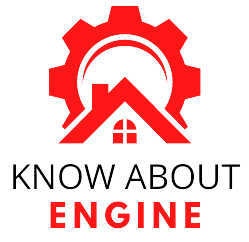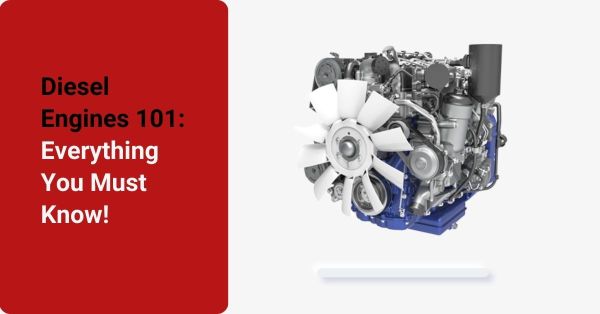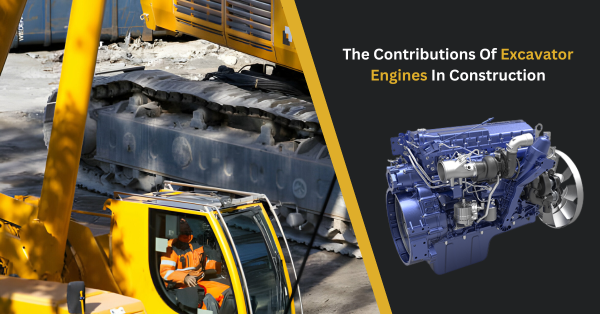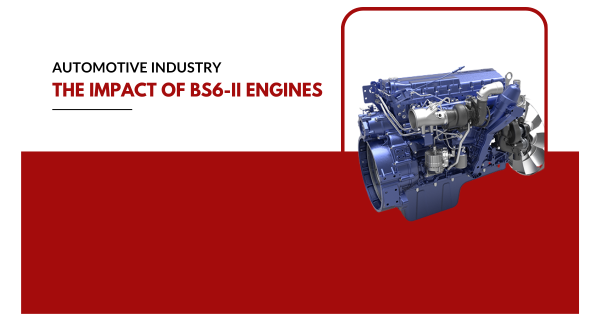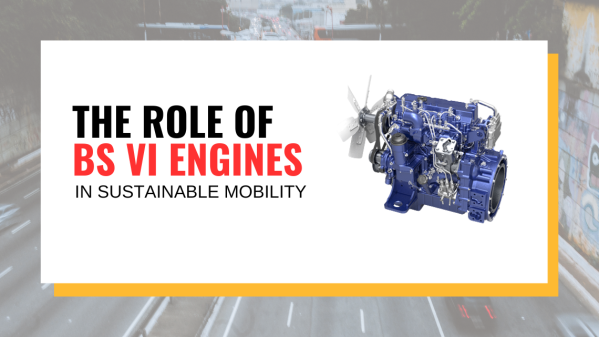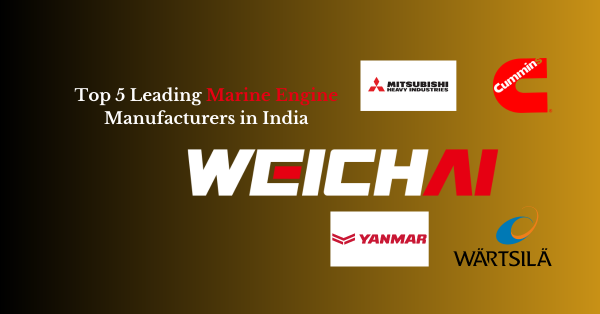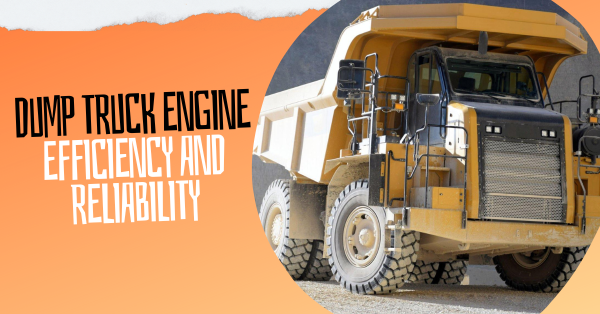“The future of transportation is not just about reaching our destinations; it’s about how we get there while preserving the world around us.” – Elon Musk.
The visionary statement of Elon Musk describes the future of the inseparable transmission of mobility to sustainability. As climate change and urban pollution suffocate the Earth’s atmosphere, the urgent need for innovative solutions is necessary to control emissions. Bharat Stage VI (BS VI) engines are one of the important steps towards a sustainable and eco-friendly future. This technology has revolutionised the automotive industry by introducing a cleaner mode of transport and mobility.
BS VI engines speak for their outstanding contribution to engine technology. They reduce harmful emissions that make the air cleaner. By saving fuel, it also protects the pockets of consumers. Therefore it’s a win-win proposition for all.
But, there are more contributions than this. This blog states the crucial factors of BS VI engines in moulding a sustainable environment, discovering their impact, advantages, and a brighter future.
How do BS VI Engines compare Internationally with The Global Perspective?
BS VI is an Indian emission standard with features, principles, and benefits that resonate globally. The epic transition to BS VI from BS IV comes with multiple challenges and opportunities for the automotive manufacturing company. However, BS VI is not the end. The Indian government promises it to be a stone towards a sustainable future.
BS6 Emission Norms
The BS6 (Bharat Stage 6) norms are emission standards implemented by the Government of India for vehicles sold in India. They regulate the amount of pollutants released by vehicles charged by petrol and diesel engines. In India, the BS6 norms came into existence on April 1, 2020, and replaced the previous BS4 norms.
Under the BS6 norms, the permissible levels of pollutants like hydrocarbons, nitrogen oxides, carbon monoxide, and particulate matter are much lower than BS4.
BS6 Norms Phase 1
Among the two phases of the BS6 (Bharat Stage 6) norms, Phase 1 came into effect on April 1, 2020. This phase reduced the permissible limits of pollutants such as NO2, Methane CH4, Ethane C2H6, Propane C3H8, and Butane C4H10 from the previous standard.
Automakers then introduced state-of-the-art technologies and exhaust for after-treatment systems like selective catalytic reduction, diesel particulate filters, and fuel injection systems that regulate with the new norms. These technologies were important to decrease vehicle emissions and improve fuel efficiency.
BS6 Norms Phase 2: Real Driving Emission
Phase 2 of the BS6 norms came into effect on April 1, 2023, and focuses on Real Driving Emission (RDE) testing.
RDE testing is emission testing that calculates the pollutants emitted by a vehicle while driving on the road. It offers a more accurate assessment of emissions in regular driving scenarios.
Under the BS6 Phase 2 norms, all new vehicles must undergo RDE testing for allowance and certification. The RDE testing happens on public roads with installed portable emission measurement systems (PEMS) in vehicles to measure their emissions in real time.
The RDE test measures the emissions of pollutants such as nitrogen oxides (NOx), carbon monoxide (CO), hydrocarbons (HC), and particulate matter (PM). This technological move allows the manufacturers to produce fuel-efficient vehicles that emit fewer pollutants.
BS VI Engines: A Technological Leap To A Sustainable India
In India, Bharat Stage VI is the latest emission standard that significantly minimises the emission of harmful pollutants such as nitrogen oxides (NOx), particulate matter (PM), and hydrocarbons. To achieve these concluding results, the engineers work with advanced technologies, including:
- Catalytic reduction (SCR),
- Exhaust gas recirculation (EGR)
- Particulate filters
The modern features of BSVI components ensure that the exhaust gases being released into the air are comparatively less harmful and toxic than their predecessors.
While considering the earlier versions of Bharat Stage emission standards, BS VI engines are improvised versions. The BS IV engines have also helped in emissions control, but the contribution of BS VI is more. In the 21st century, unique and advanced technical development will continue to provide better versions.
For example, compared to a BS-IV engine, a diesel engine with BS VI compliance emits up to 70% less NOx and 25% less PM. This high reduction in toxic exhilaration makes BS VI engines one of the important factors of sustainable mobility. The crucial technical changes related to this are:
- Installing Diesel Particulate Filters in the exhaust system.
- Employing Selective Catalytic Reduction (SCR) or Exhaust Gas Recirculation methods to minimise NOx in emissions.
- Fitting an on-board diagnostic system to monitor the malfunctioning of parts related to carbon emissions.
Obligatory labelling
However, no provision is provided to label the CO2 emissions on vehicles in the country. However, there is a system in the EU that guarantees the information related to the fuel efficiency CO2 emissions of trucks, cars, or any other mode of transport offered for sale or lease in the Community should be available to consumers to make an informed choice.
Cleaner Air and reduces emissions
The Central Pollution Control Board (CPCB) in India has clearly stated the benefit of BS VI engines and how it has impacted air quality improvement in the following ways:
- It reduced harmful emissions.
- In densely populated urban areas, people can breathe Cleaner air.
- Air pollution in areas with alarming levels has come down to a limit.
Therefore, BS VI engines provide the best implications for better air quality and surroundings.
The World Health Organization (WHO) evaluates that globally, 4.2 million premature deaths happen due to outdoor air pollution. Similarly, in India, air pollution and toxic surroundings are responsible for over 1.2 million deaths annually.
Hence, BS VI engines address these issues
- By curbing emissions
- Reducing the concentration of pollutants in the air
- Minimising hospital bills.
These factors lead to better respiratory health and ultimate improvement in the quality of life for millions of people.
Fuel Efficiency
Sustainable mobility minimises air pollution and harmful emissions and makes the transportation system organised and affordable.
The engineers have designed them to be more economical, meaning they will use more energy from each litre of oil. The energy-efficient process reduces the carbon discharge of vehicles which saves you money. You will have to take fewer trips to the gas station which lowers the fuel bills.
In a recent study, the International Council on Clean Transportation (ICCT) stated that “the adoption of BS-VI standards in India could lead to an annual fuel cost savings of approximately $20 billion by 2030.”
This eco-friendly and cost-effective tactic encourages consumers to invest in sustainable vehicles, further proving the benefits of BS VI technology.
How do BS VI Engines compare Internationally?
Although BS VI is an Indian emission standard, its principles apply globally. Many countries are implementing similar emission standards to fight air pollution and reduce greenhouse gas emissions.
For instance, the European Union has executed the Euro 6 emission standard for their vehicles. It is equivalent to BS VI in terms of emissions control. The strongest emission standards of the US are enforced by the Environmental Protection Agency (EPA). Therefore, by adopting similar standards it allows the global market to make cleaner vehicles, inspiring the automotive sector to innovate, design, and develop eco-friendly technologies.
Moreover, international collaboration in emission control has contributed to the sharing and articulating of the best practices in technologies, and research, and accelerates the transition to sustainable mobility on an international level.
Bottom Line–
The BS VI Engine contributes to a promising future – sustainable, fuel-efficient, and cleaner India. However, it comes with a few challenges as well. All the testing processes are more complex and expensive than laboratory testing which requires significant investments in testing equipment and infrastructure. However, the Indian government is considering all the crucial factors that prevent the technical advancements.

